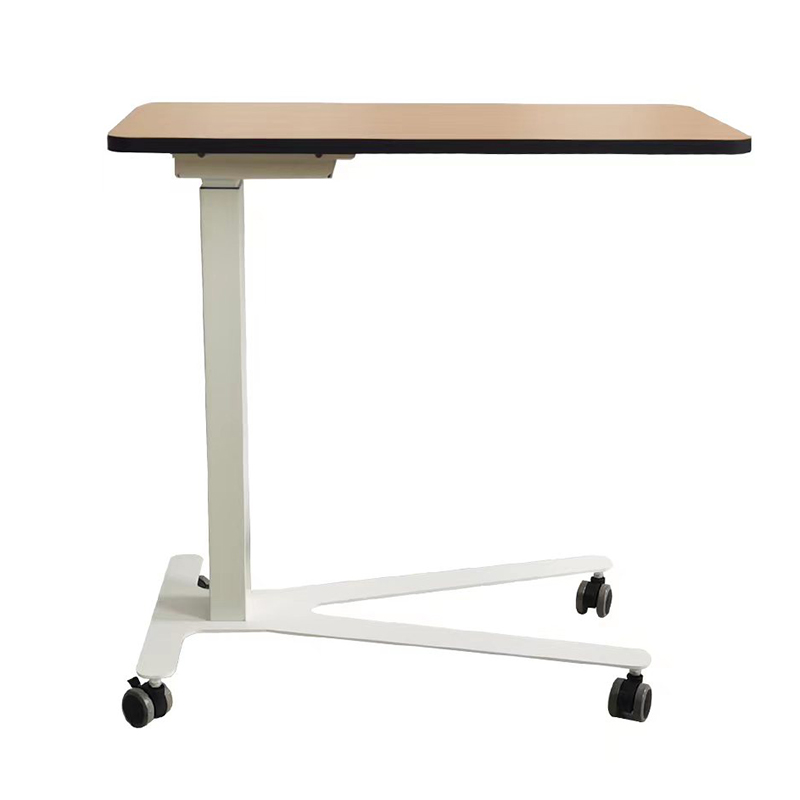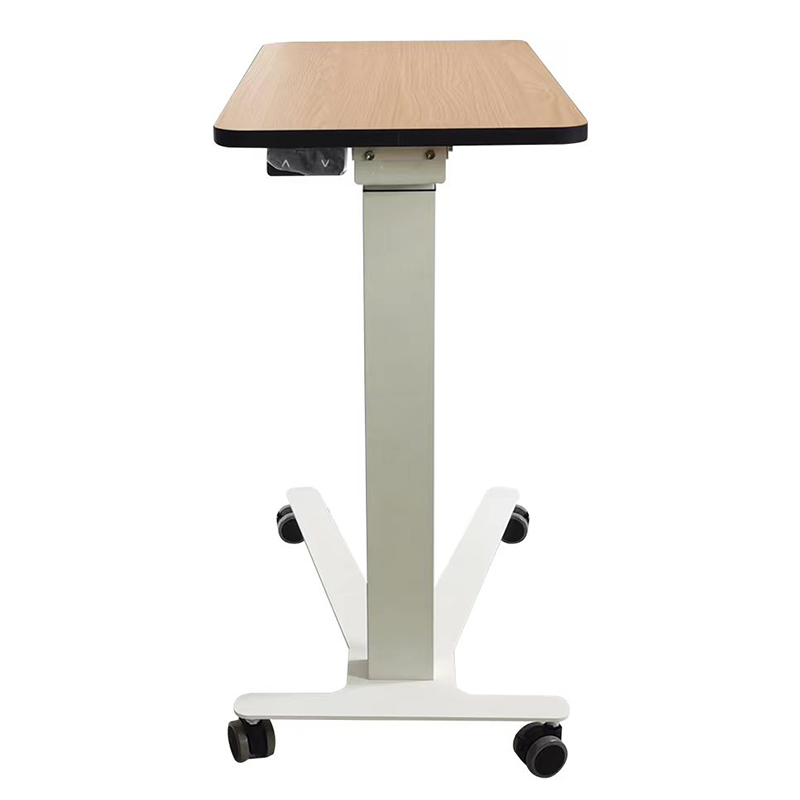Introduction:
In the realm of healthcare, overbed tables have proven to be indispensable tools. These versatile tables provide numerous advantages in hospitals, nursing homes, and home care settings. They offer a range of functionalities that serve to improve patient comfort, increase independence, and enhance the overall quality of care. This article explores the key benefits of overbed tables and their significant role in modern healthcare environments.

1. Mealtime Convenience:
One of the primary advantages of overbed tables is their ability to facilitate mealtime for patients who are confined to their beds. These tables provide a stable and functional surface for patients to place their meals, enabling them to eat comfortably without the need for being transferred to a separate dining area. This feature not only ensures that patients receive their nourishment without unnecessary interruptions but also promotes a sense of independence by allowing them to take charge of their own meal schedule.
2. Accessibility to Personal Belongings:
Overbed tables are equipped with shelves, drawers, or storage compartments. This arrangement allows patients to keep their personal belongings, books, electronic devices, or even small mementos easily within reach. Patients can store items such as reading glasses, writing materials, or personal care products, making it convenient for them to access and use these items when needed. Personalizing their immediate environment helps promote a sense of familiarity, home-like comfort, and retains a sense of normalcy during the recovery process.
3. Promoting Engagement and Mental Stimulation:
Prolonged bed rest can often lead to boredom and a sense of isolation. Overbed tables contribute to combating these challenges by promoting engagement and mental stimulation. Patients can utilize the table surface to read books, newspapers, or magazines, keeping their minds active and entertained. Furthermore, the table can hold electronic devices such as tablets or laptops, allowing patients to browse the internet, stream content, or stay connected with loved ones through social media or video calls.

4. Support for Medical Procedures:
Overbed tables play a crucial role in supporting medical procedures and treatments. They offer adjustable height and angle options, allowing healthcare professionals to administer medication, carry out therapies, or conduct medical examinations with ease and precision. These tables can hold essential medical equipment, making it convenient for healthcare providers to access the tools required for patient care.

5. Independence and Empowerment:
By providing a stable, ergonomic, and adjustable surface, overbed tables empower patients by promoting independence. Patients can perform tasks such as writing letters, signing documents, or completing puzzles and crafts without relying on others for support. These tables enhance patient autonomy, enabling them to maintain a sense of control over their personal lives and fostering a positive outlook during their recovery.
Conclusion:
Overbed tables have become indispensable assets in healthcare settings, revolutionizing patient care. From facilitating meals and personal care, to supporting medical procedures, promoting engagement, and empowering patients, these tables offer numerous advantages that contribute to enhancing patient comfort and convenience. As healthcare facilities strive to provide patient-centered care, incorporating overbed tables becomes essential in creating environments that prioritize patient well-being and satisfaction. These versatile tables serve as an integral part of improving patient outcomes and promoting a holistic approach to care delivery.
Post time: Jul-07-2023

